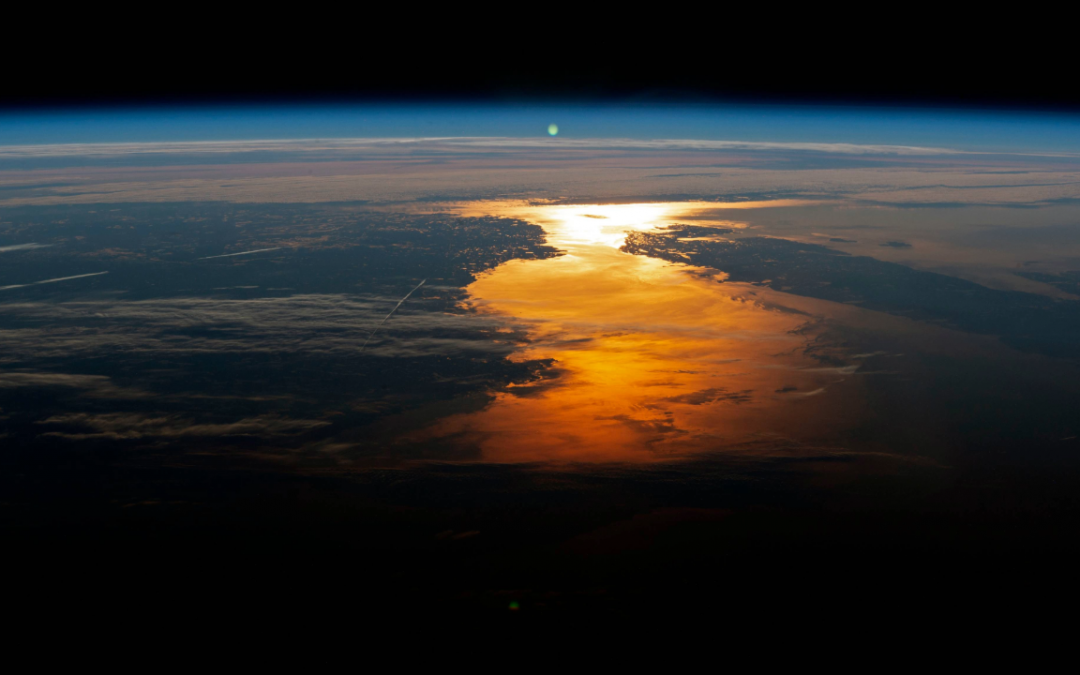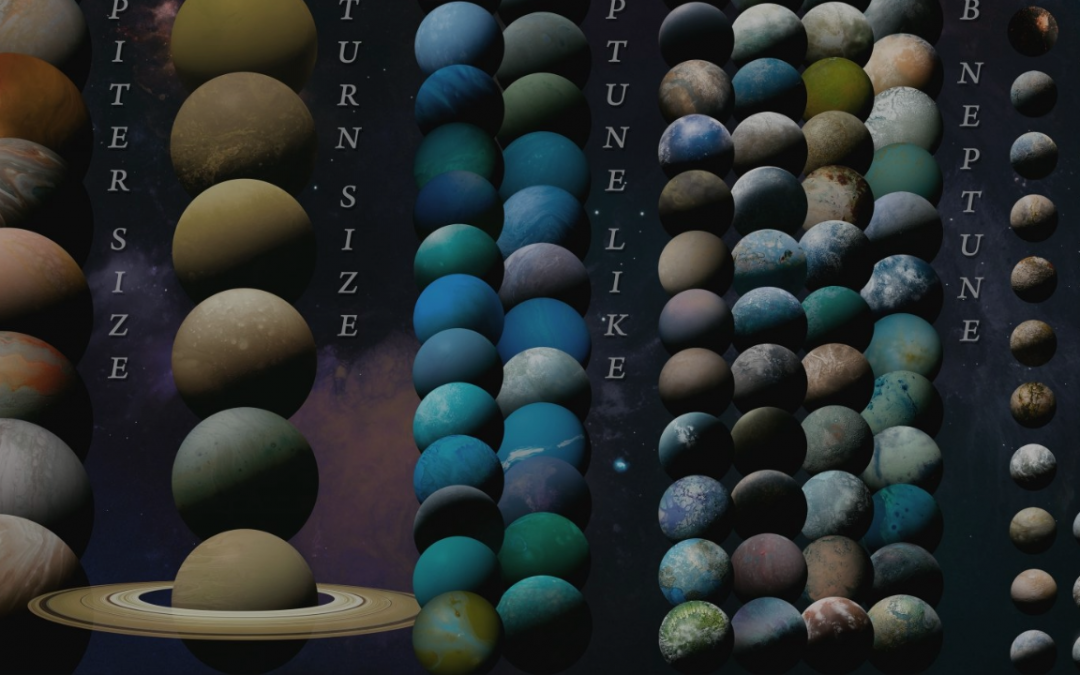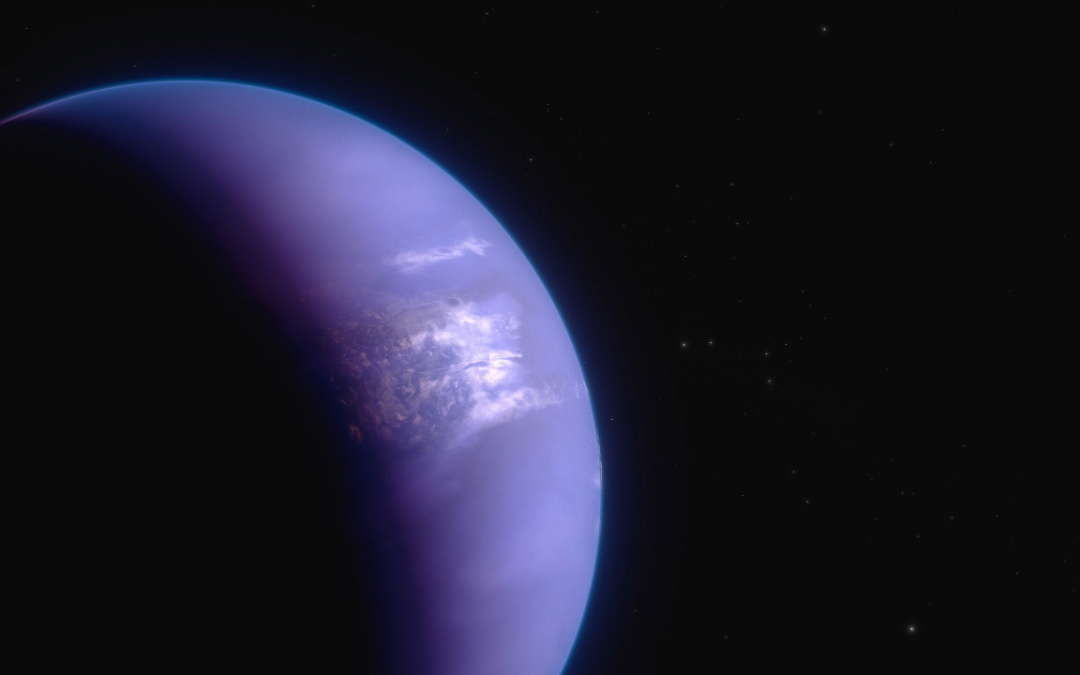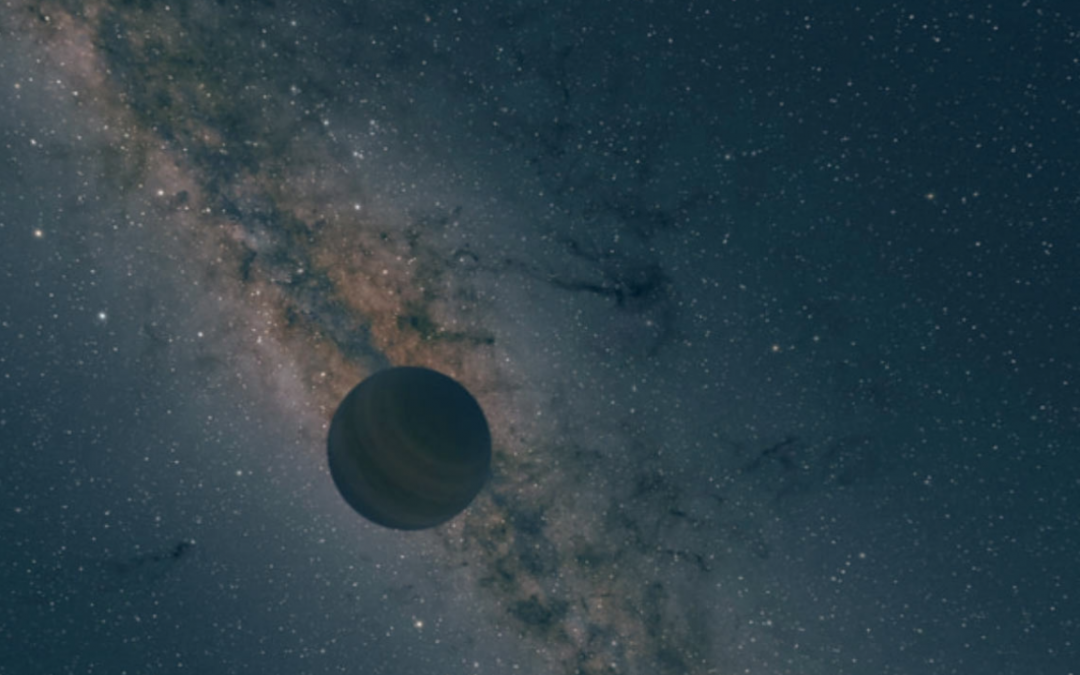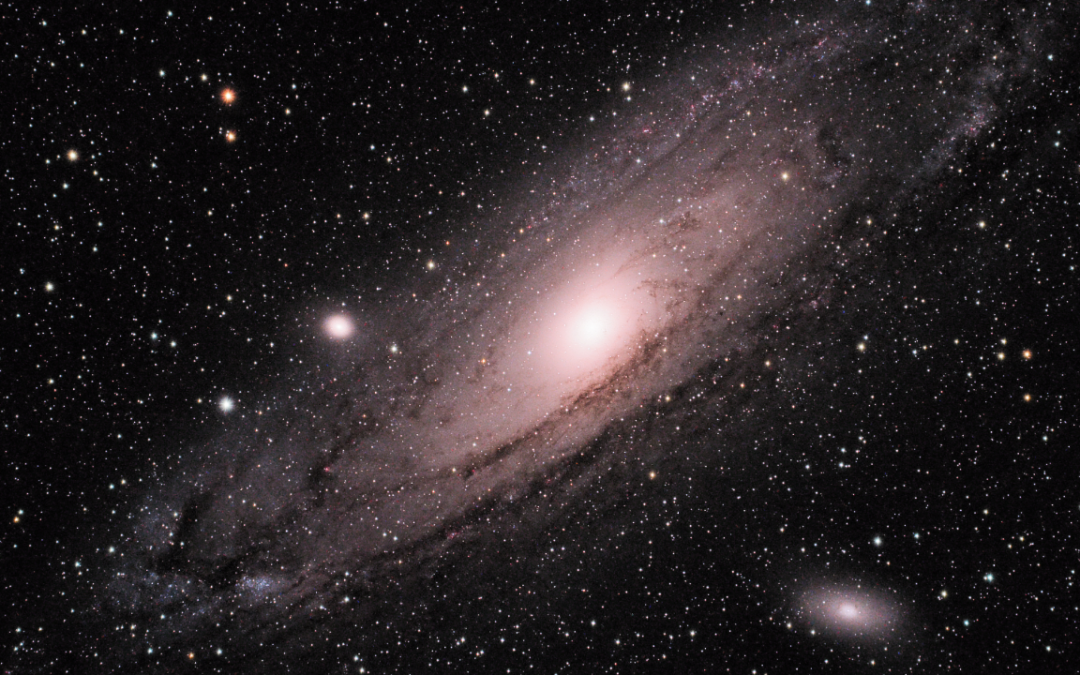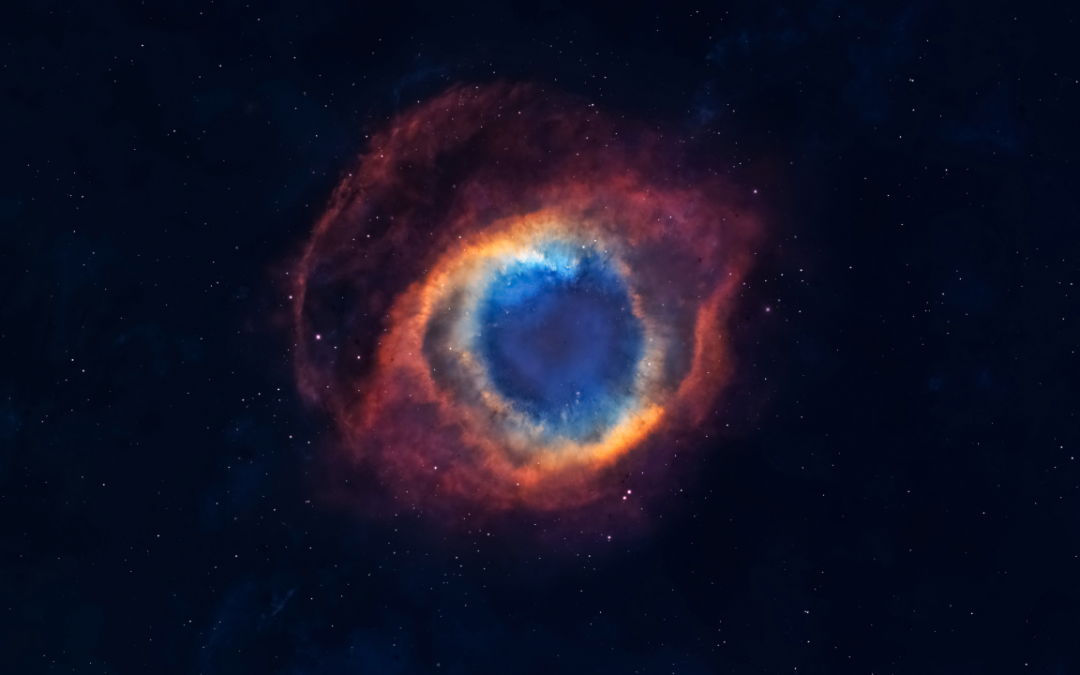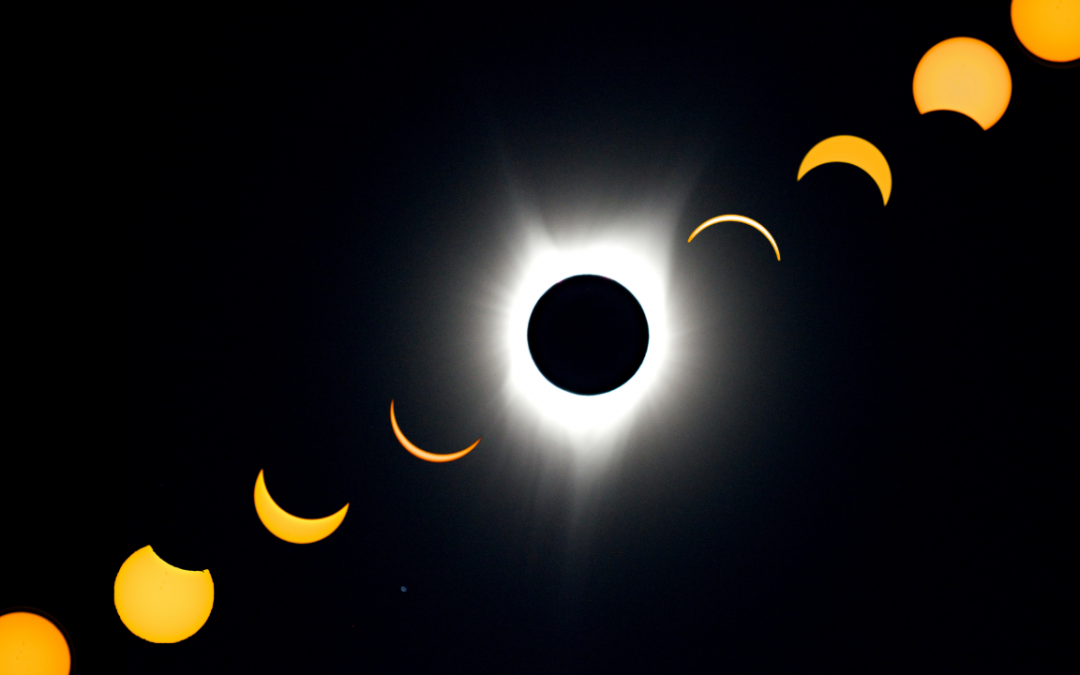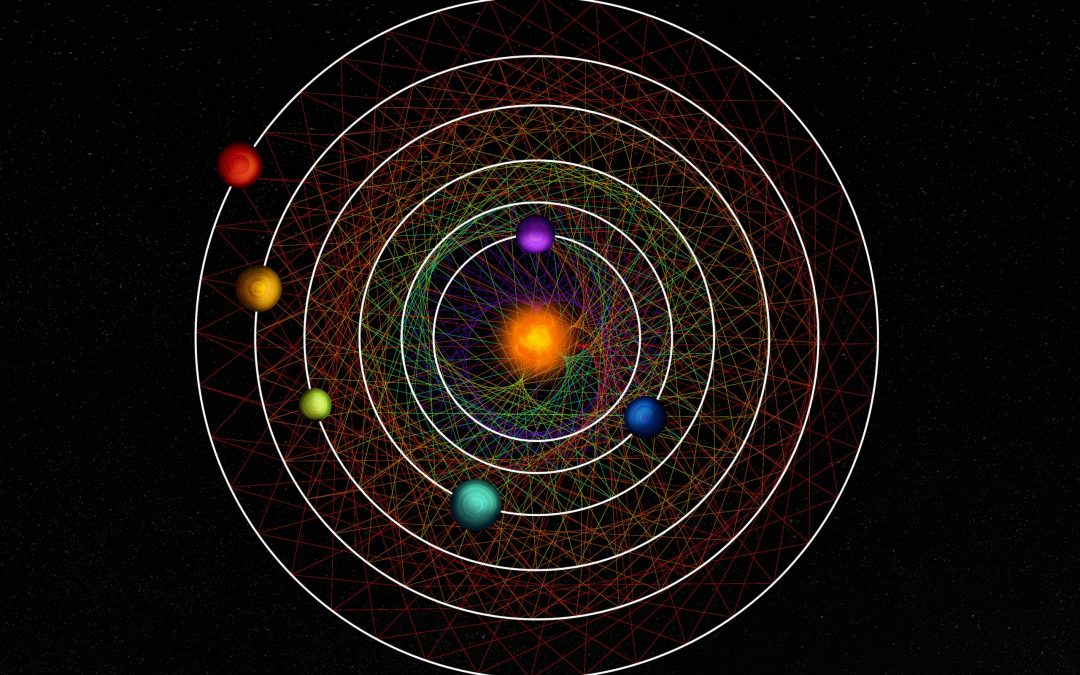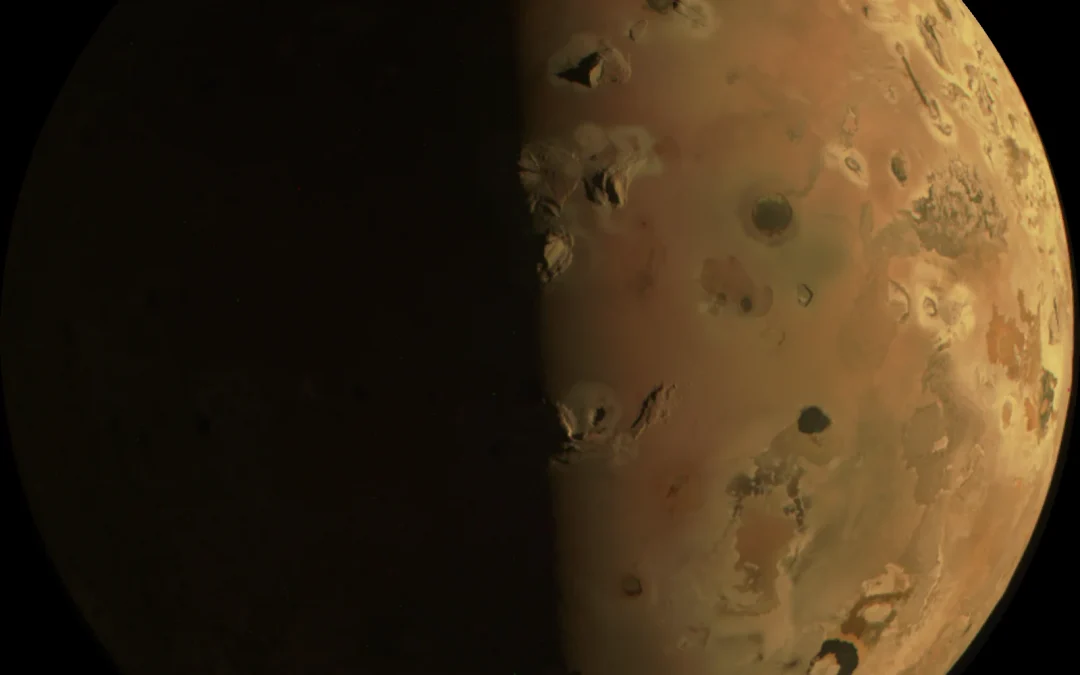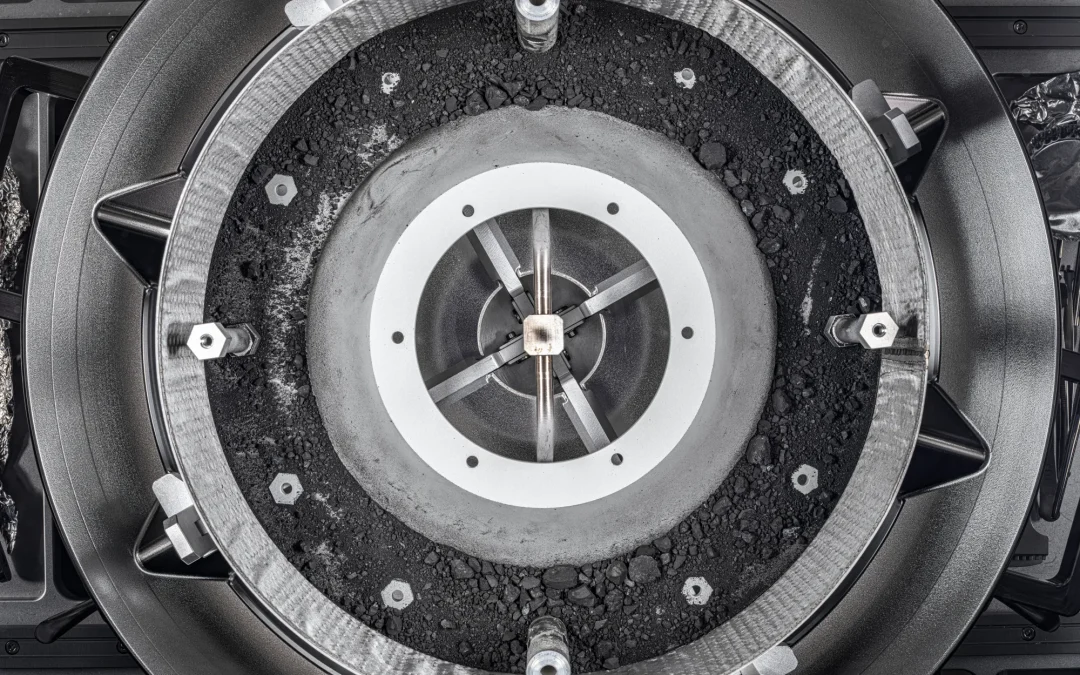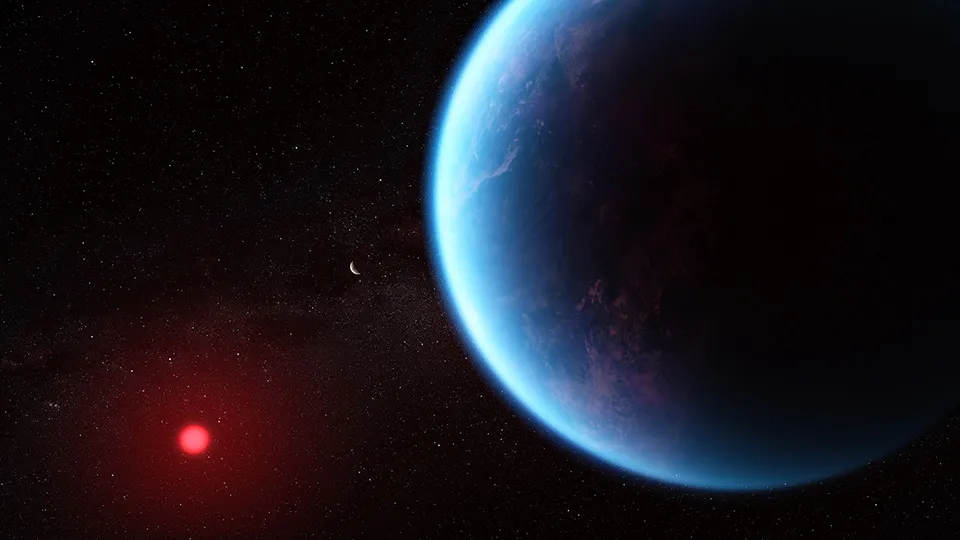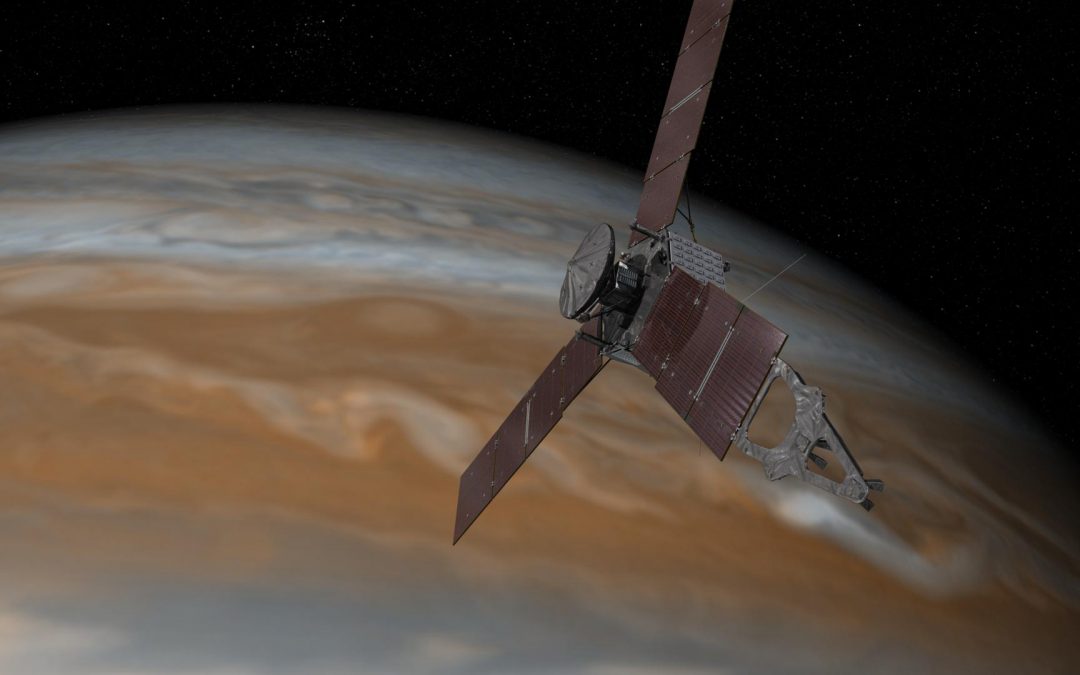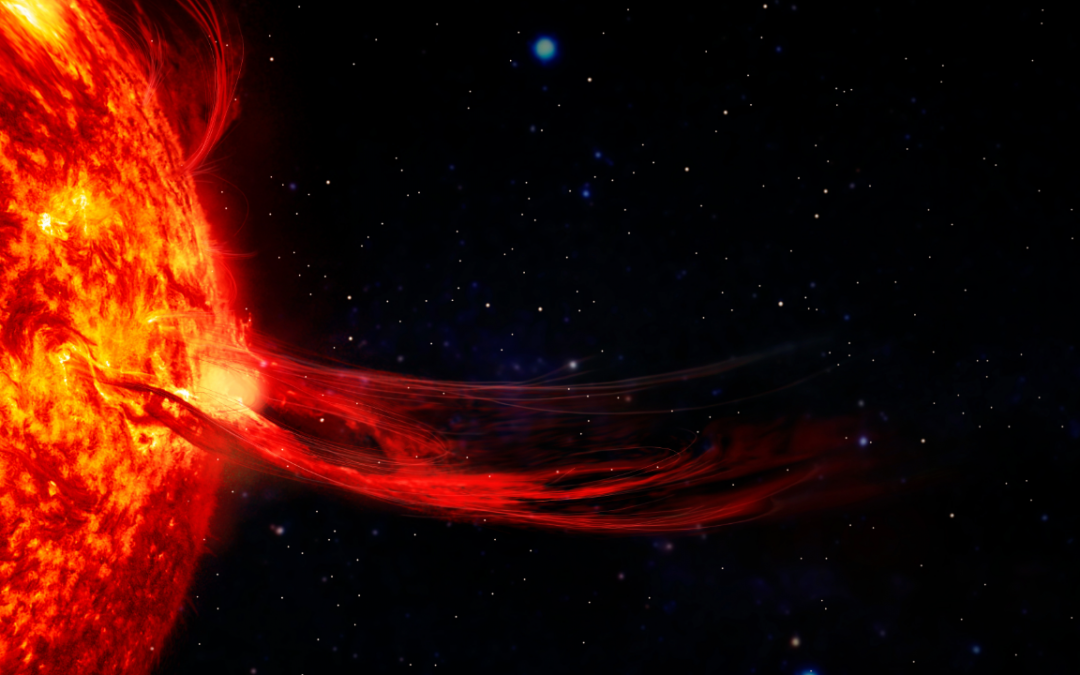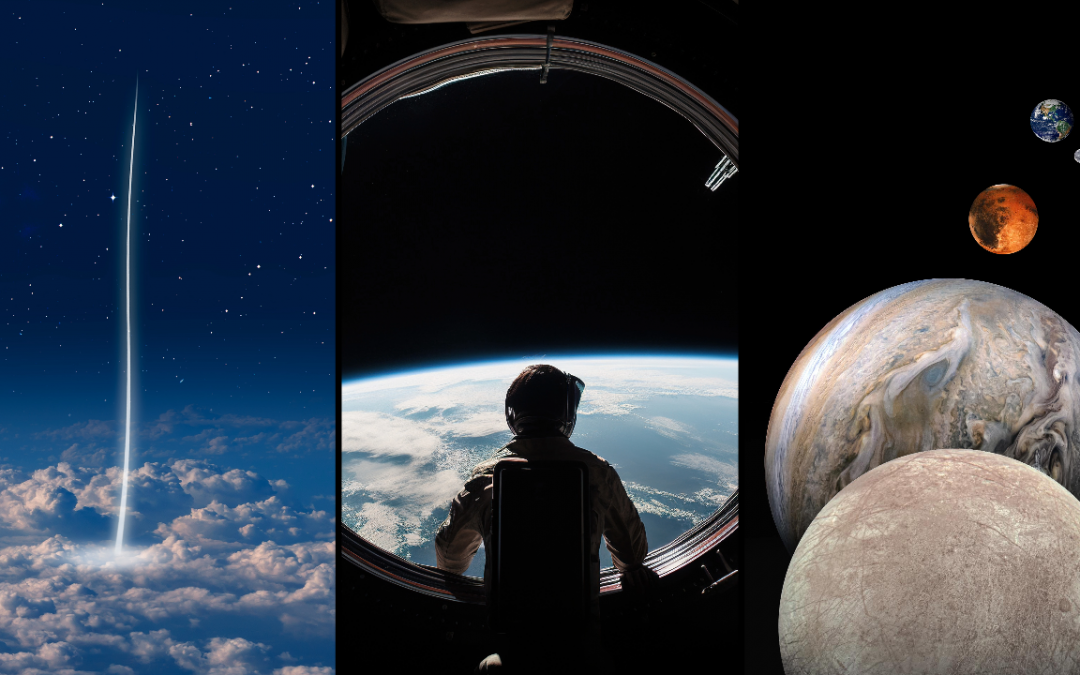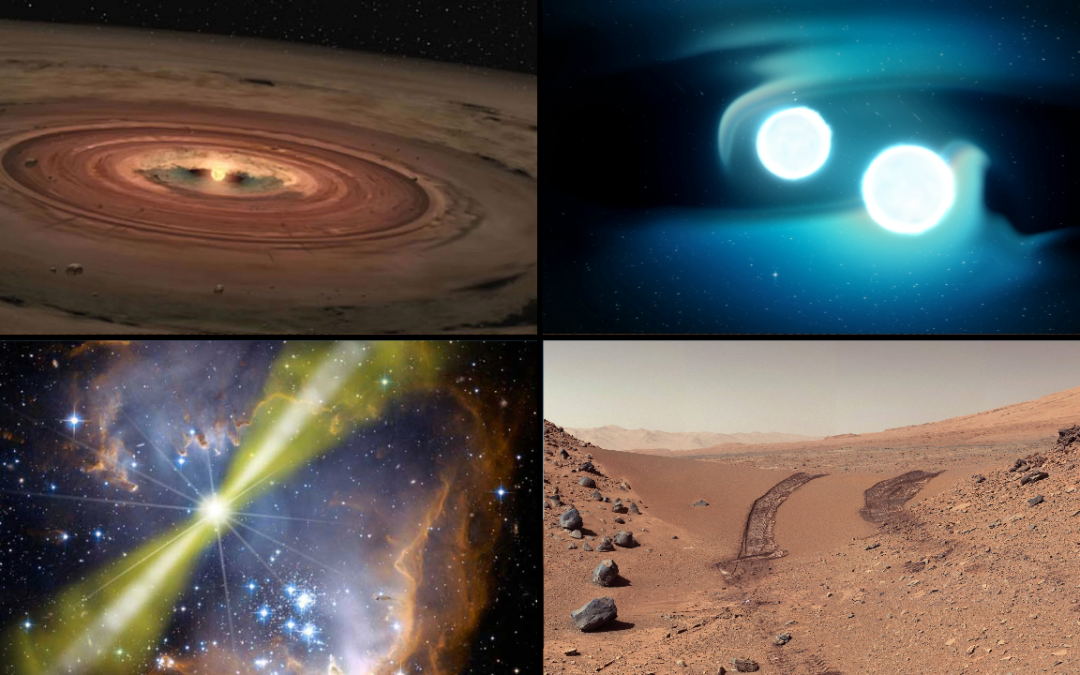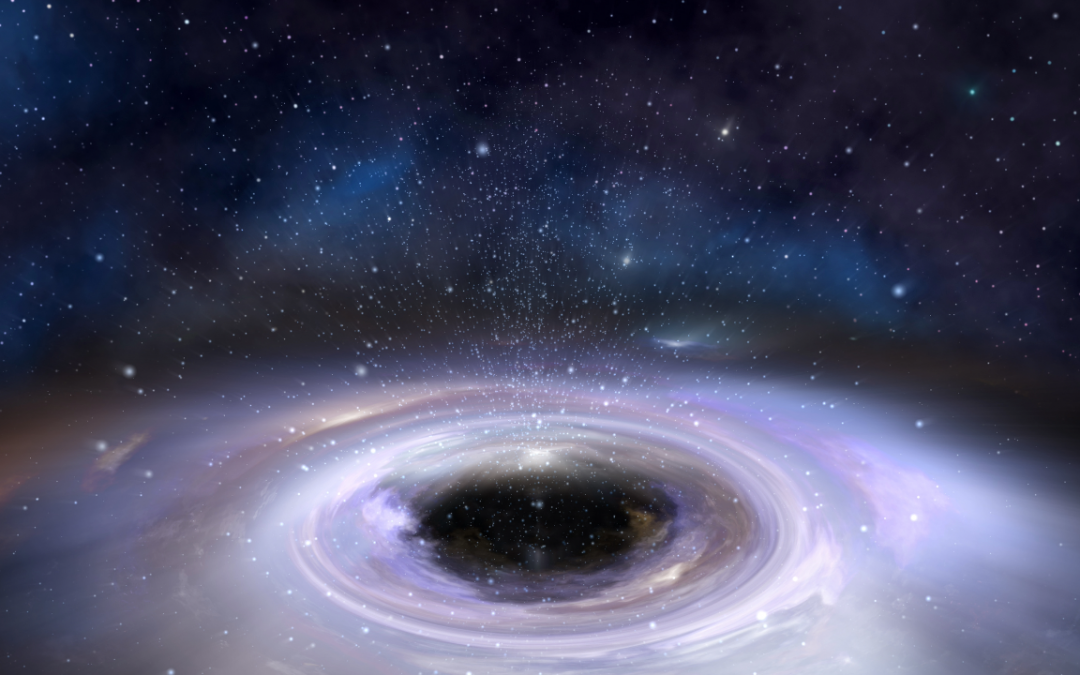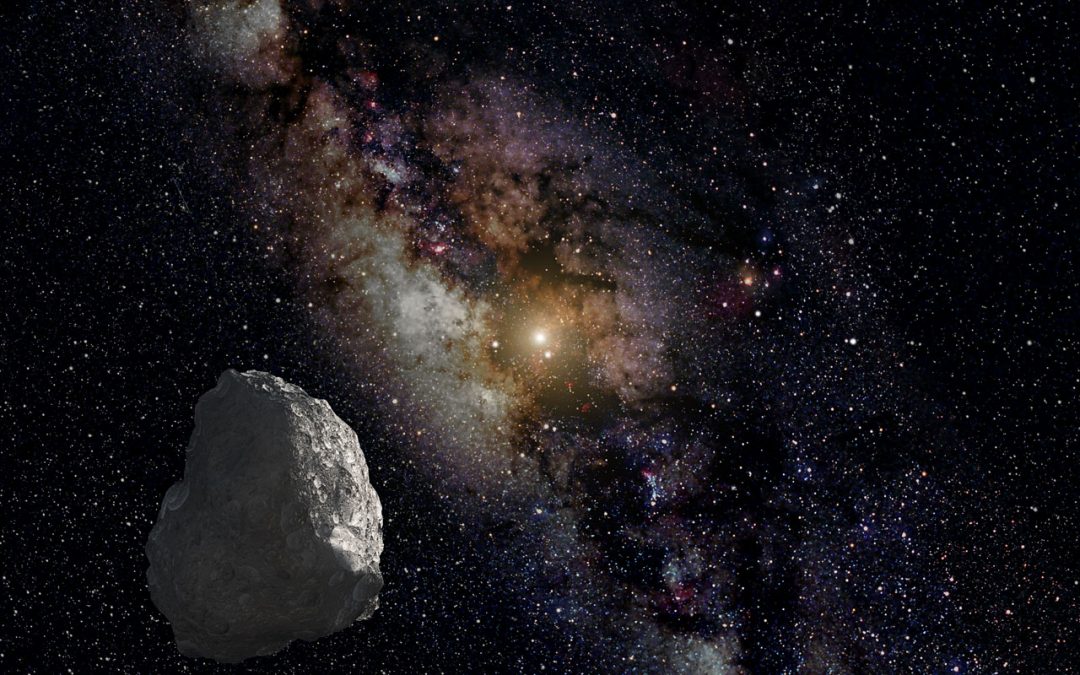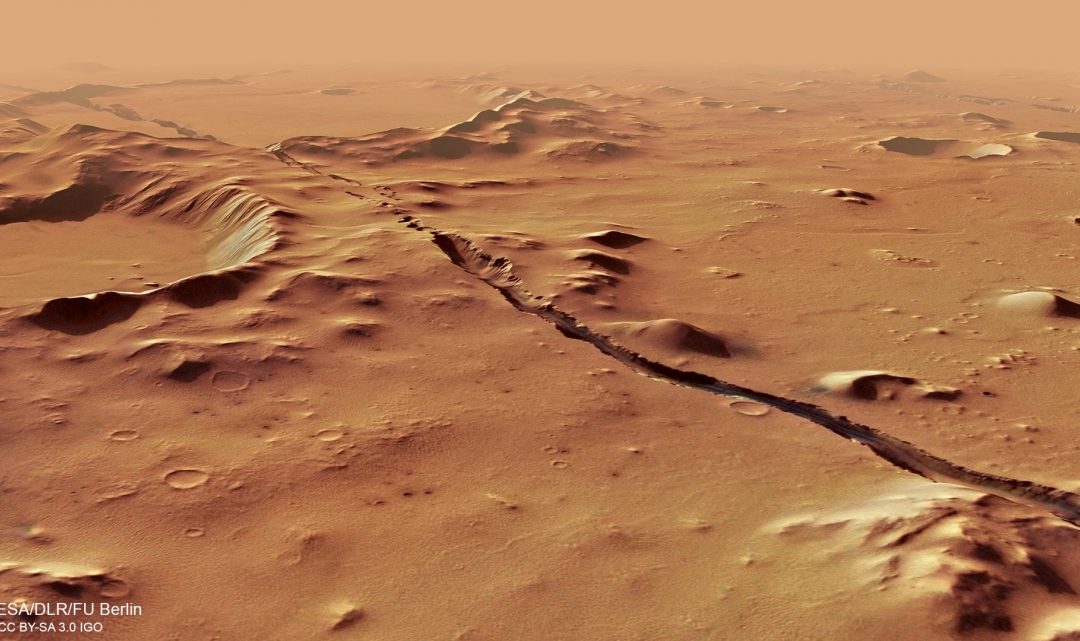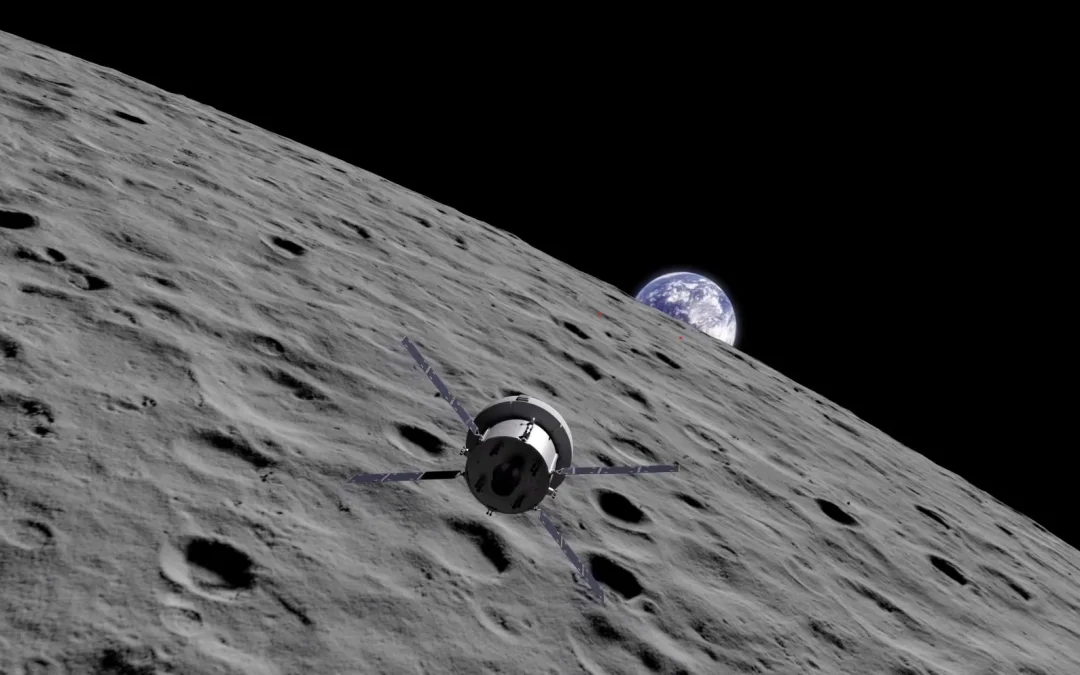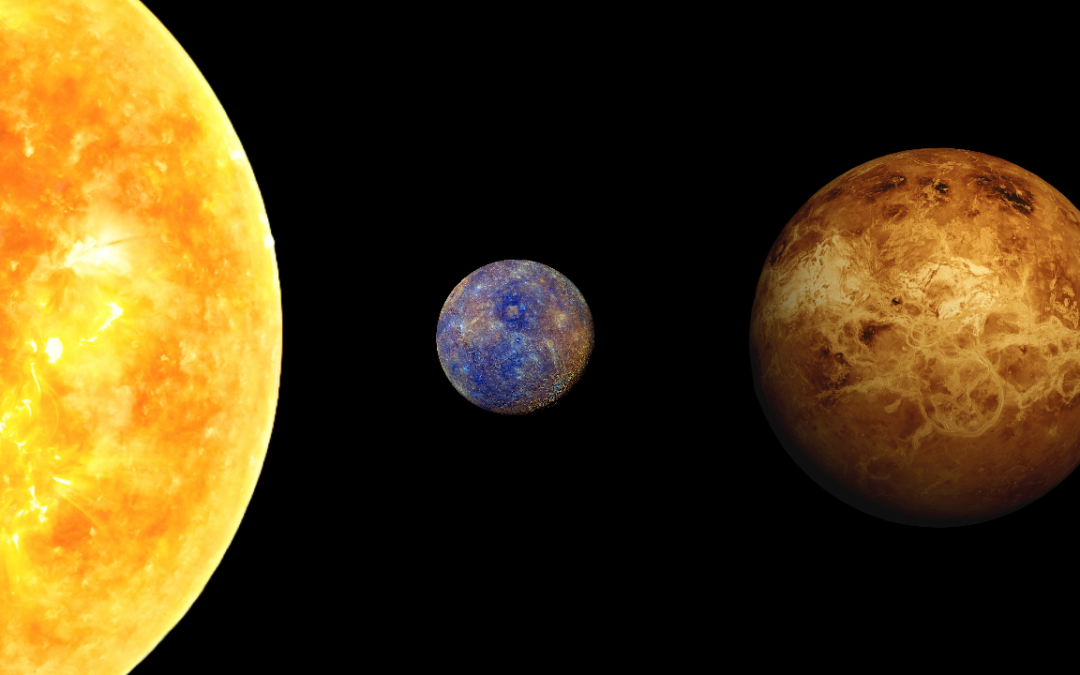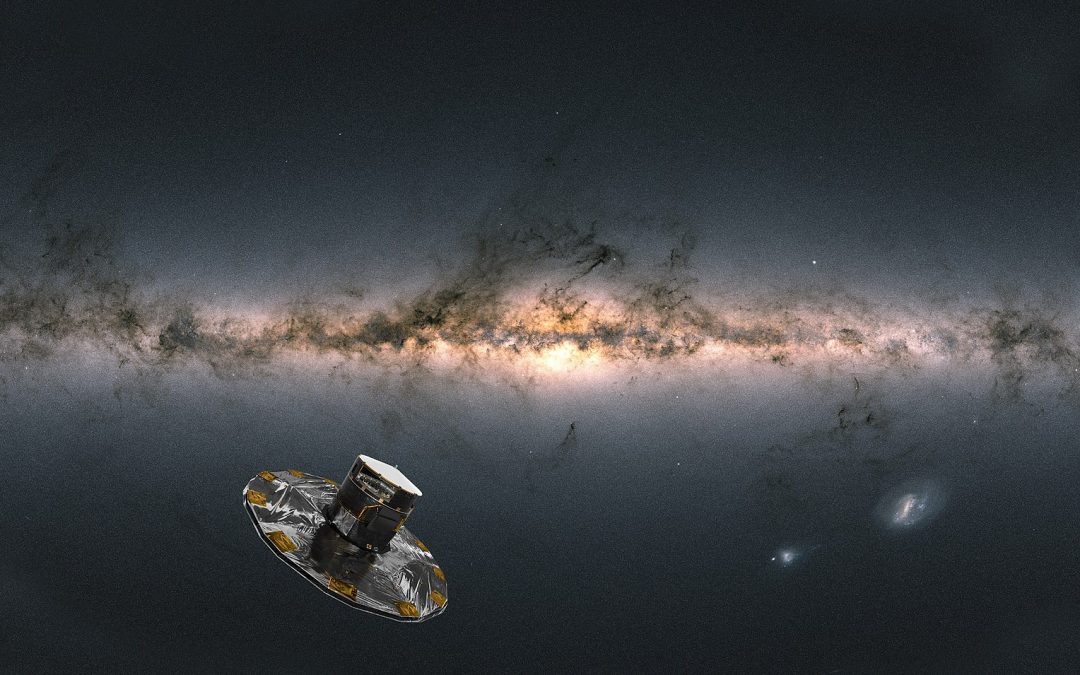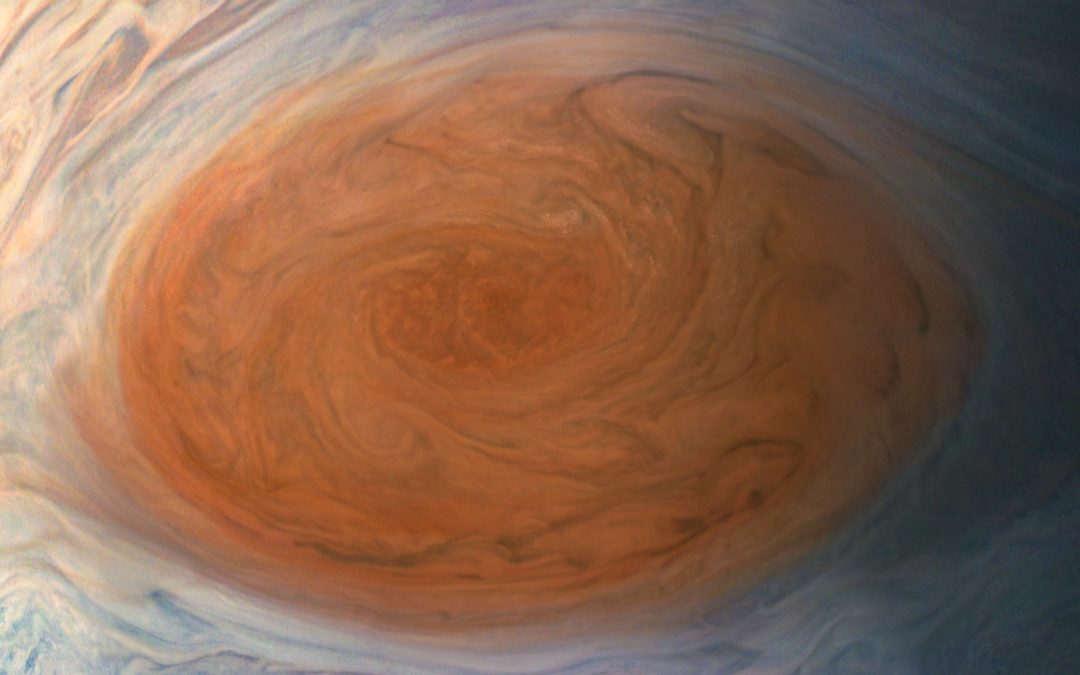-
#725: Looking ahead
-
#724: Summer Science & SciFi Reads
-
Ep. 723: Exoplanets by the Numbers
-
Ep. 722: Weather on Exoplanets
-
Ep 721: Free-Floating Planets
-
Ep 720: Galaxy Series – Elliptical Galaxies
-
Ep. 719 – Galaxy Series: Spirals
-
Ep. 718: Galaxy Series – Dwarf Galaxies
-
Ep. 717: Understanding the Ages of Distant Cosmic Objects
-
Ep. 716: The God**** Particle – Remembering Peter Higgs
-
Ep. 715: Total Eclipse of the Science: Experiments During the Eclipse
-
Ep. 714: Orbital Resonances
-
Ep. 713: Solar System Volcanoes – An Update from LPSC 2024
-
Ep. 712: How Peer Review Fails
-
Ep. 711: NASA Innovative Advanced Concepts (NIAC)
-
Ep. 710: NASA’s Commercial Lunar Payload Services (CLPS) Program
-
Ep. 709: Space Weapons
-
Ep. 708: What Goes Into Sample Return Missions from Asteroids and Comets?
-
Ep. 707: What Goes Into Sample Return Missions for the Moon and Mars?
-
Ep. 706: China’s Space Program
-
Ep. 705: Water Worlds – Looking for Life Beyond Earth
-
Ep. 704: NASA’s Juno Releases New Images
-
Ep. 703: Solar Maximum of Doom? Maybe
-
Ep. 702: Moonshot 2024 – Go or No Go?
-
Ep. 701: Space Science We Look Forward to in the Next 700 Episodes
-
Ep. 700: Things We Got Wrong
-
Ep. 699: Holiday Gift Giving Ideas for Astronomy and Space Fans
-
Ep. 698: Insights into the Universe, featuring JWST Results
-
Ep. 697 – Mission Roll Call Part 6: Outer Solar System
-
Ep. 696 – Mission Roll Call Part 5: Science at Mars
-
Ep. 695 – Mission Roll Call Part 4: Lunar Exploration
-
Ep. 694 – Mission Roll Call Part 3: Sun, Mercury, and Venus
-
Ep. 693 – Mission Roll Call Part 2: Looking Outward from Earth
-
Ep. 692 – Mission Roll Call Part 1: Orbiting Earth
-
Ep. 691: Jupiter’s Changing Red Spot
-
Ep. 690: Climate on Mars – From Ice Caps to Dust Storms
-
Ep. 689: Our Warming World – 20 Years of Climate Science
-
Ep. 688: What’s Next? Looking Ahead to Season 17
-
Ep. 687: Prepping for the Moon
-
Ep. 686: Ice in the Shadows
-
Ep. 685: Manufacturing in Space
-
Ep. 684 – Too Big, Too Soon: Massive Early Galaxies Defy Expectations
-
Ep. 683: Cosmic Dawn
-
Ep. 682: Ultra-Diffuse Galaxies and Dark Matter
-
Ep. 681: Kilonovae
-
Ep. 680: Rogue Black Holes
-
Ep. 679: High(per) Velocity Stars
-
Ep. 678: World Building: Planet Formation, Growth, & Ejection
-
Ep. 677: The Answer is Always Dust
-
Ep. 676: Other Things with Rings
-
Ep. 675: Exotic Forms of Ice
-
Ep. 674: Asteroid Early Warning Systems
-
Ep. 673: How to See Satellites (or Avoid Seeing Them)
-
Ep. 672: Space Debris Removal
-
Ep. 671: The Consequences to Breaking Space Laws
-
Ep. 670: Governing Space – The Outer Space Treaty of 1967
-
Ep. 669: Challenges to Dark Energy
-
Ep. 668: The Crisis in Cosmology
-
Ep. 667: JWST First Science Results
-
Ep. 666: Solar System References to the Underworld
-
Ep. 665: The Age of Reionization
-
Ep. 664: The First Stars
-
Ep. 663: End of Year Observing Events
-
Ep. 662: Looking Ahead at New and Recycled Missions
-
Ep. 661: Looking Back on the Missions That Ended
-
Ep. 660: Runaway! Runaway! Escaping Stars, Planets & Small Bodies
-
Ep. 659: Clear Skies, Bright Satellites
-
Ep. 658: Space Exploration Horror Stories
-
Ep. 657: Astronomical Naming Schemes
-
Ep. 656: Smashing Asteroids for Science!
-
Ep. 655: 65 Years of Space: Sputnik 1 Anniversary
-
Ep. 654: Side Effects of Clean Energy
-
Ep. 653: Climate Change: Looking at the Variables
-
Ep. 652: The Rocket Race Toward Reusability
-
Ep. 651: Artemis and the Decline of Single Use Rockets
-
Ep. 650: First Light for JWST
-
Ep. 649: Why Does Everything Happen on Holidays?
-
Ep. 648: Summer Observing
-
Ep. 647: Best Sci-Fi Beach Reading
-
Ep. 646: Long Term Future in Space
-
Ep. 645: The Future of the ISS
-
Ep. 644: Is Earth… Normal?
-
Ep. 643: Sagittarius A*
-
Ep. 642: Is the Sun… Normal?
-
Ep. 641: Are Planets Alive?
-
Ep. 640: Survey Science: Newest Projects and Results
-
Ep. 639: Big Questions Update: Dark Matter, Dark Energy, Hubble Constant
-
Ep. 638: Simulating Space Missions
-
Ep. 637: Machine Learning in Astronomy
-
Ep. 636: Blowing Bubbles
-
Ep. 635: Jets: When Magnetic Fields Fling Things
-
Ep. 634: Milky Way’s Mergers & Acquisitions
-
Ep. 633: Weirdly Habitable Places
-
Ep. 632: Building Images: Optical vs. Radio
-
Ep. 631: All the Uses of Pulsars (Including Murder)
-
Ep. 630: Things We Can Look Forward To
-
Ep. 629: The Cost of Delays
-
Ep. 628: The Sun Revisited
-
Ep. 627: Mercury Revisited
-
Ep. 626: Terrestrial Planets — Mercury, Venus, Earth, and Mars
